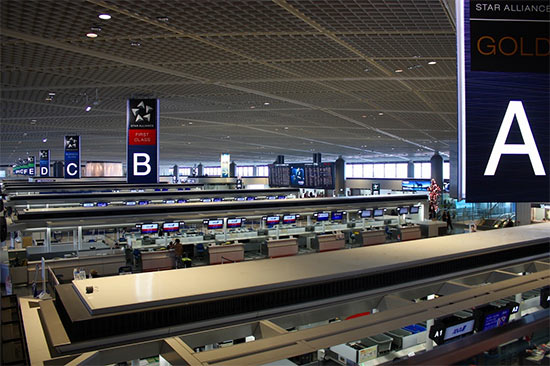If you ever go to Narita Airport, the international airport serving the Tokyo area, you might not be surprised by security personnel who check your passport carefully before letting you into the airport, even if you’re not going anywhere near the planes. These security measures weren’t in response to 9/11 or any other recent terrorist attack — they’ve actually been in place for almost 40 years. Back in 1966, when the Japanese government announced that the tiny village of Narita, Chiba Prefecture, about 30 km from Tokyo, would be the site of Japan’s grand new airport, locals were totally surprised — no one had consulted them on the matter. Over the next decade, the farmers who lived on the land where the airport was to be built organized staunch resistance, refusing to be evicted from their land and getting help from the student movements of the late 60s and early 70s. The violent clashes between the demonstrators and Japanese police claimed several lives and were called “Japan’s Vietnam” by the worldwide press. Yesterday the last protester who’d refused to sell his land for so many years died at the age of 93. For decades he’d hung on to his land, peacefully farming rice while airplanes landed all around him, but that chapter is finally closed.

Who’d have thought Narita Airport could be such a drama llama?















